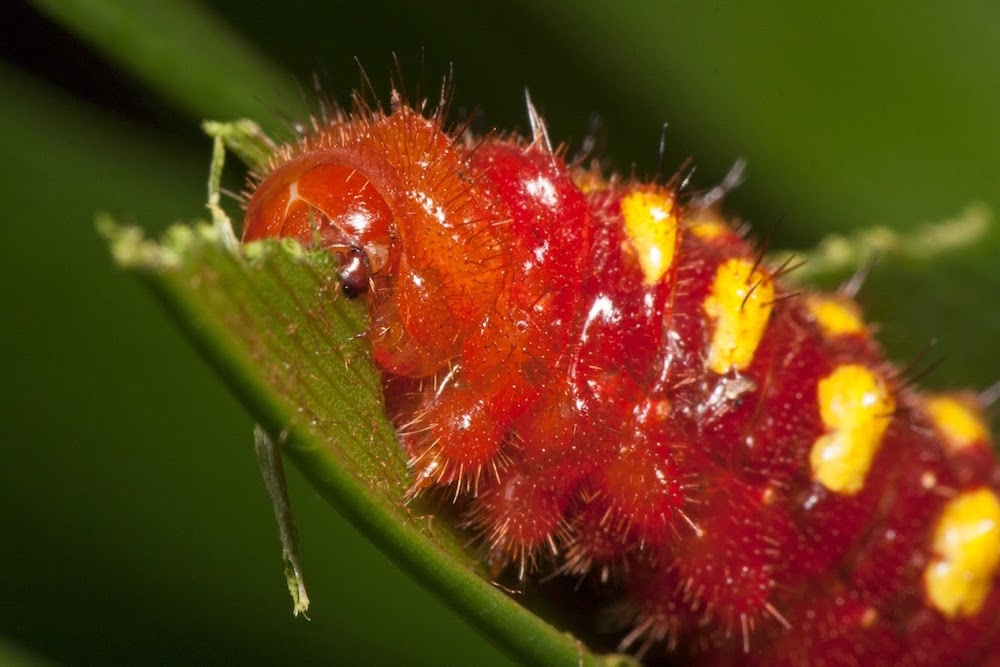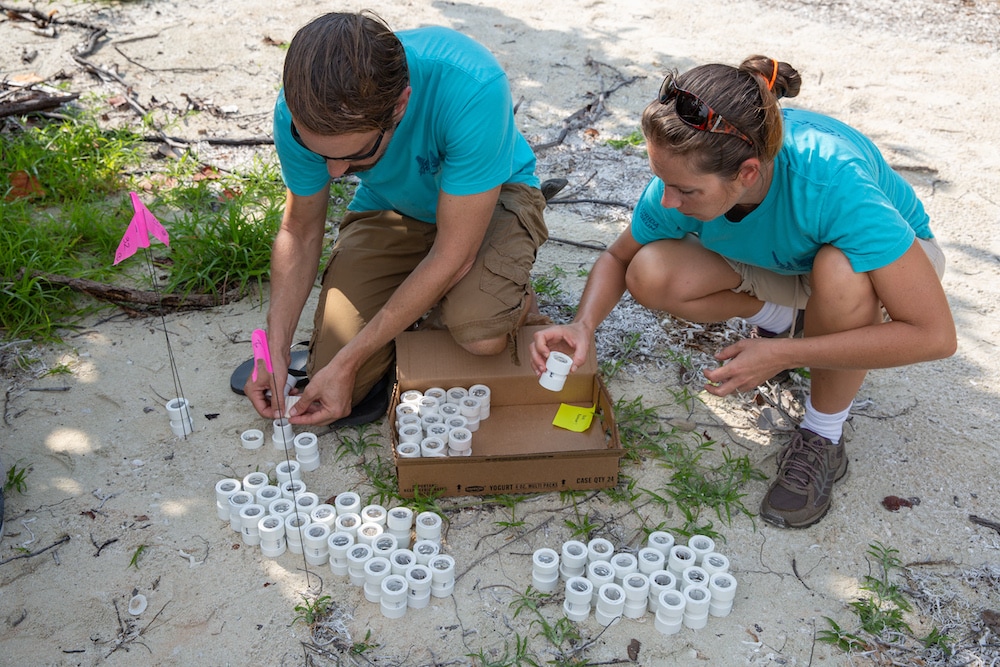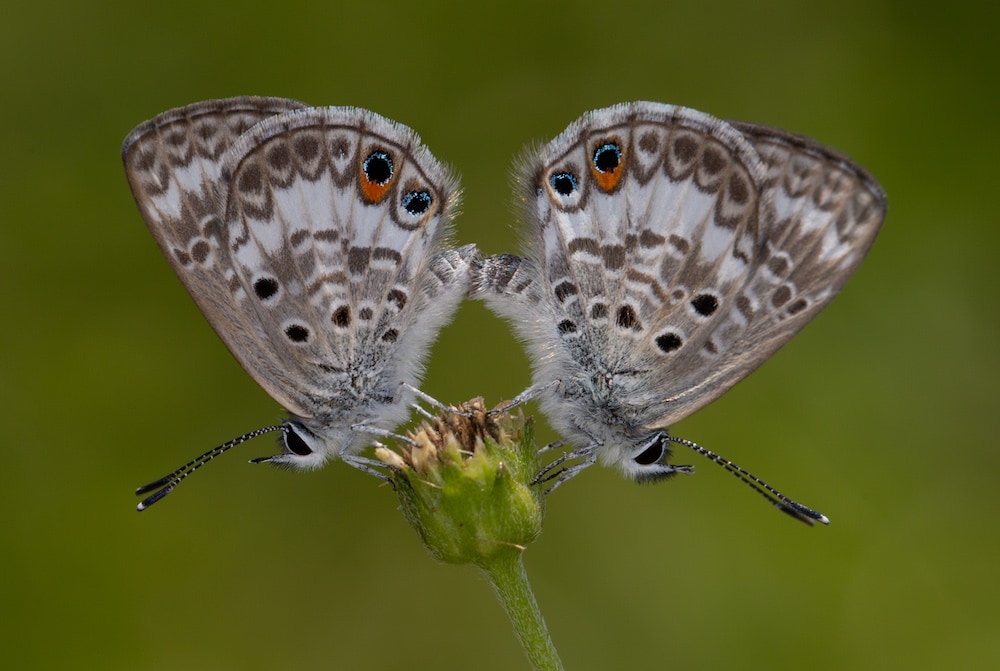It’s National Pollinator Week! Did you know that pollinators, including bees and butterflies, make one in every three bites of food possible? Or that pollinators add $15 billion of value to US crops every year? Pollinators provide a perfect example of how a little hard work and cooperation can make a big difference in the world, which is why we want to take the time to thank our hard working pollinators this National Pollinator Week.
What is a Pollinator?
So what exactly is a pollinator? A pollinator is an animal that helps flowering plants reproduce by moving pollen from one flower to another. We can’t have fruit and veggies without pollen! Some of the best pollinators in the world are bees, and there are more than 20,000 kinds of bees in the world! You can probably recognize a honey bee or a bumble bee, but bees range from as small as a fruit fly to as big as a ping-pong ball, and can be yellow and fuzzy, metallic green, iridescent purple, and everything in between.
Other common pollinators include butterflies, flies, hummingbirds, and bats. About 90 percent of flowering plants need pollinating insects to help them reproduce, including about 75 percent of the plants that we eat. That means without pollinators our diet would be very different! Our natural areas would be radically different as well, with no wildflower meadows or trees full of blooms each spring.
Making a Difference
Unfortunately, pollinators are declining around the world, mostly due to habitat loss. That’s why we work hard to make Walt Disney World Resort as pollinator friendly as possible, and our team has observed more than 70 pollinator species around the resort to date! To provide even more habitat for pollinators, we even created pollinator-friendly gardens near the new 270-acre, 50-megawatt solar facility, which provides renewable clean energy to Walt Disney World Resort.
(University of Florida is raising federally endangered Miami blue butterflies and releasing them in the Florida Keys in an effort to restore wild populations. Credit: Credit: Geena Hill)
The Disney Conservation Fund has also supported nonprofit organizations that protect more than 70 species of pollinators around the world from bay checkerspot butterflies in California and Hawaiian yellow-faced bees in Hawaii, to golden-capped fruit bats in the Philippines. Among these organizations is the University of Florida, whose team has been leading important efforts to protect more than 42 species of at-risk butterflies in Florida and California through species research and reintroductions, habitat restoration, and outreach. Together, Disney Conservation and University of Florida have raised and released into the wild more than 3,400 Atala butterflies, 10,500 endangered Miami blue butterflies and nearly 1,000 endangered Schaus’ swallowtails!
How You Can Help
You can make a difference for pollinators at your home, too, by creating a pollinator garden. Reach out to a local nursery and ask what types of native pollinator plants might be a good fit for your home garden – many are open and offer delivery or curbside pick-up. At Walt Disney World Resort, we design pollinator habitats using the mantra “diversity begets diversity.” The more different types of flowers we have – short, tall, big, small, from ground cover to towering trees – the more different types of pollinators we can attract and support. It is also helpful to have at least three of any type of plant to make sure you are providing enough flowers for any pollinator that might visit.
Don’t have a lot of garden space? Don’t fret! You can make a meaningful difference by planting even a few flowering plants on a windowsill or in a patio container garden. See our tips on making a successful patio pollinator garden here!
Once you have the flowering plants, watch closely to see which pollinators use the garden. Before long, you will likely see butterflies, bees, and more foraging on the nectar and pollen you provided. You can find out more about these amazing pollinators at DisneyAnimals.com and learn more about honeybees from our friends at NatGeo here.
From our friends at disneyparks.disney.go.com
Filed Under: Uncategorized, Conservation, WDW






